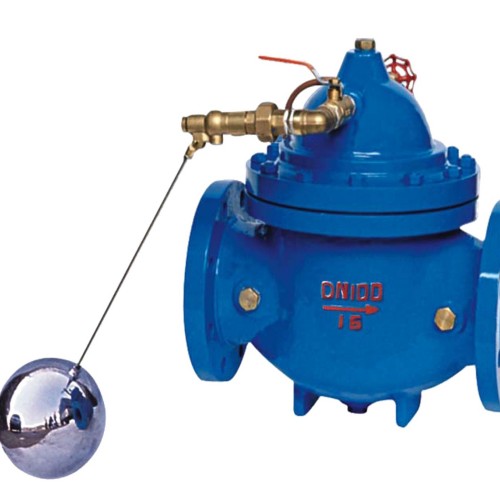electric actuated butterfly valves
Electric Actuated Butterfly Valves Efficient Control for Modern Industries
Electric actuated butterfly valves are becoming increasingly essential in various industrial applications, offering a combination of efficiency, reliability, and precision in flow control. This type of valve utilizes an electric motor to operate the valve's disc, allowing for quick and accurate adjustments to the flow of liquids and gases. As industries evolve and demand more sophisticated control systems, electric actuated butterfly valves have emerged as a preferred choice for many applications.
Understanding Butterfly Valves
Butterfly valves are named for their unique design, featuring a rotating disc that resembles a butterfly's wings. This design allows for a compact construction, making them ideal for applications where space is limited. The operation of a butterfly valve is straightforward when the valve is closed, the disc is perpendicular to the flow direction, blocking the passage. When opened, the disc rotates to align with the flow, providing minimal resistance. This design results in efficient flow characteristics and is suitable for various fluids, including water, chemicals, and gases.
Advantages of Electric Actuation
The integration of electric actuators with butterfly valves brings numerous advantages. First and foremost, electric actuators provide precise control over valve positioning. Unlike pneumatic or hydraulic actuators, which may require complex setups, electric actuators allow for straightforward and adjustable settings via control systems, such as programmable logic controllers (PLCs) or supervisory control and data acquisition (SCADA) systems.
Moreover, electric actuated butterfly valves can be operated remotely, which enhances safety and efficiency in operations. Operators can control the valves from a distance, reducing the need for manual intervention in hazardous environments. This remote control capability is particularly beneficial in large plants or when dealing with toxic or corrosive substances, where minimizing human exposure is crucial.
electric actuated butterfly valves

Energy Efficiency and Sustainability
Another significant advantage of electric actuated butterfly valves is their energy efficiency. Electric actuators generally consume less energy compared to their pneumatic counterparts. By eliminating the need for compressed air systems, businesses can significantly reduce their energy consumption, resulting in lower operational costs and a smaller carbon footprint. In an era where sustainability is a priority for industries, this aspect is increasingly relevant.
Application in Various Industries
Electric actuated butterfly valves are versatile and find application across a broad spectrum of industries, including water treatment, oil and gas, pharmaceuticals, food and beverage, and HVAC systems. In water treatment facilities, for instance, these valves play a critical role in regulating flow and ensuring efficient distribution. In the oil and gas sector, they are used to control the flow of hydrocarbons, ensuring safety and reliability under high pressures.
In the pharmaceutical and food industries, where purity and hygiene are paramount, electric actuated butterfly valves can be designed with sanitary materials and surfaces to prevent contamination. Their ability to provide precise flow control is essential in maintaining the quality and consistency of products in these sensitive sectors.
Conclusion
In summary, electric actuated butterfly valves represent a modern solution for flow control in various industrial applications. Their combination of reliability, precision, and energy efficiency makes them a vital component in numerous systems. As industries continue to embrace automation and seek ways to improve operational efficiency, the popularity of electric actuated butterfly valves is likely to grow. By investing in these advanced technologies, businesses can enhance their processes, reduce costs, and contribute to a more sustainable future.
-
The Key to Fluid Control: Exploring the Advantages of Ball Valves in Industrial SystemsNewsJul.09,2025
-
The Versatile World of 1, 2, and 3 Piece Ball ValvesNewsJul.09,2025
-
Stainless Steel Ball Valves: The Ideal Choice for Efficient Flow ControlNewsJul.09,2025
-
Optimizing Fluid Control with Ball Float ValvesNewsJul.09,2025
-
Manual Gate Valves: Essential for Control and EfficiencyNewsJul.09,2025
-
Everything You Need to Know About Butterfly ValvesNewsJul.09,2025
-
The Versatility of Wafer Type Butterfly ValvesNewsJul.08,2025




